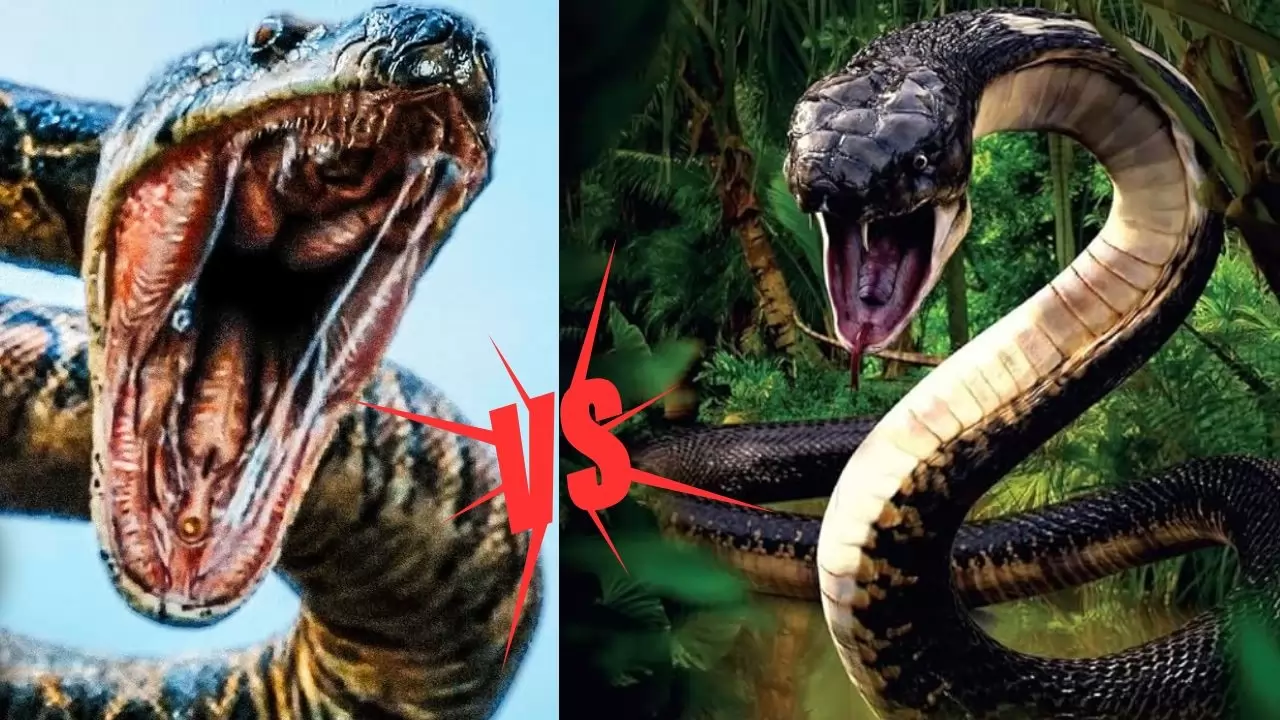
X
Many people get a sense of terror when snakes are mentioned. Since their poisonous bite can be fatal, snakes are often considered to be among the most feared animals in the world. Then there are non-poisonous snakes, such as pythons, which use their bulk to their advantage by encircling and smothering their victims. Nevertheless, it is intriguing to find out which snake is the biggest in the world. The anaconda is widely regarded as the world's largest and most dangerous snake. The Anaconda species is longer than many variations of pythons, despite pythons being fierce competitors.
The Green Anaconda is notable for being the longest of them all,These snakes are often seen lurking covertly in the Amazon's marshlands and waterways, with a normal length of 9 to 10 meters. The Smithsonian National Zoo and Conservation Biology Institute claim that the Green Anaconda is the heaviest species of snake alive today, with some specimens weighing as much as 250 kg. The largest green anaconda is not officially recognized; nonetheless, in 2016, Brazilian construction workers discovered a specimen that measured ten meters in length. Of the two, the anaconda is the more well-known, but the titanoboa is also a well-known species of snake. It used to be longer than the anaconda, despite going extinct many years ago. In the past, Titanoboa cerrejonensis lived in South America's damp rivers and woods. Titanoboa is regarded as one of the biggest snakes ever recorded in history. This snake may not be around anymore, but it was thirteen meters long, sixty million years ago.
Unexpectedly, a fresh rival surfaced in April of this year. Titanoboa was the largest snake known to science for more than ten years, but according to new research published in Live Science, the fossils of Vasuki Indicus, discovered in a Gujarati mine, may have been up to two meters longer than Titanoboa. This enormous, extinct snake, estimated to have measured between 11 and 15 meters, was named Vasuki after the Hindu mythological serpent ruler. Some 47 million years ago, these incredible animals roamed the Earth.





Copyright © 2025 Top Indian News
